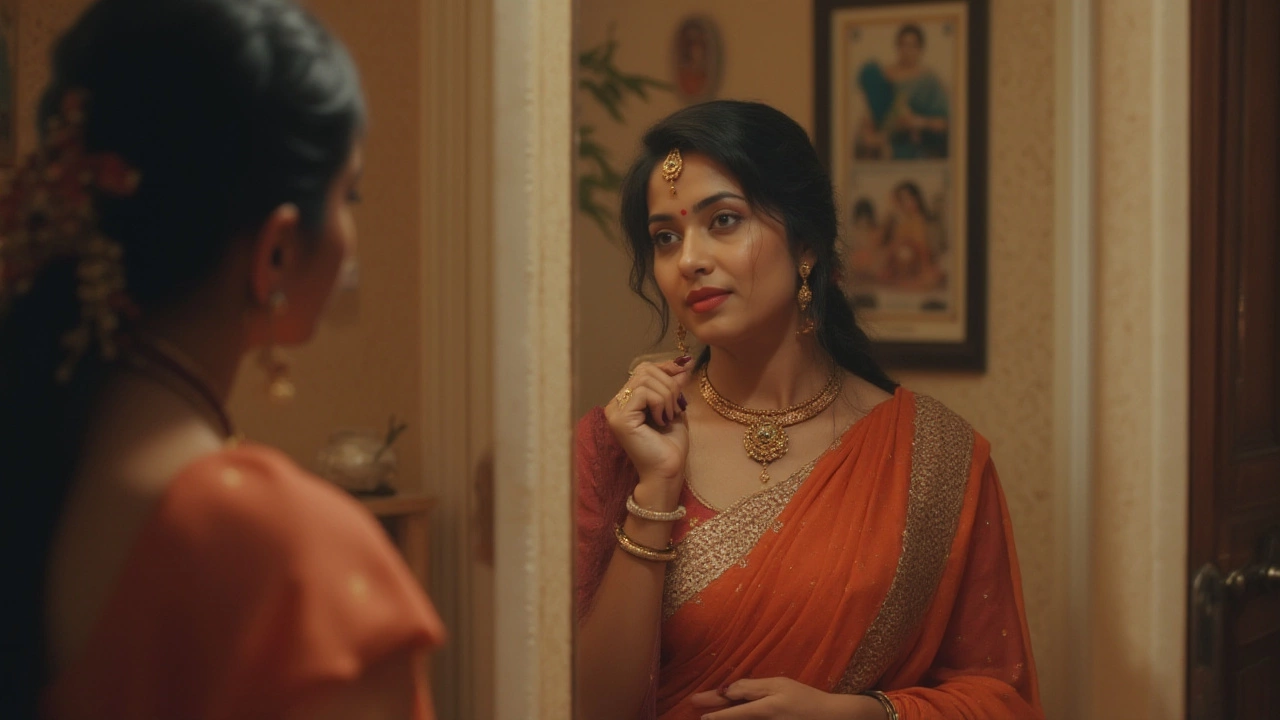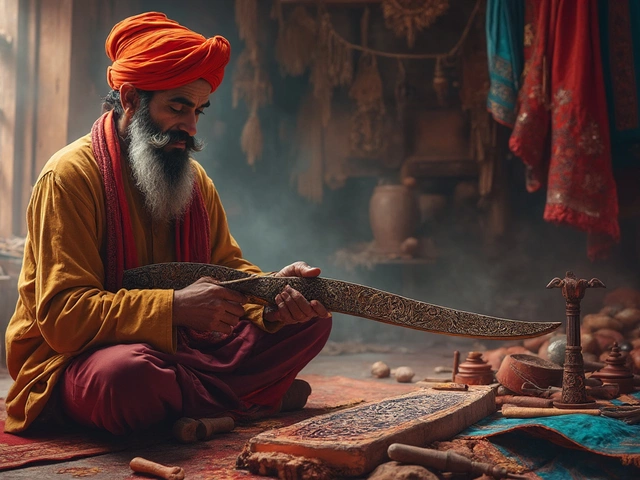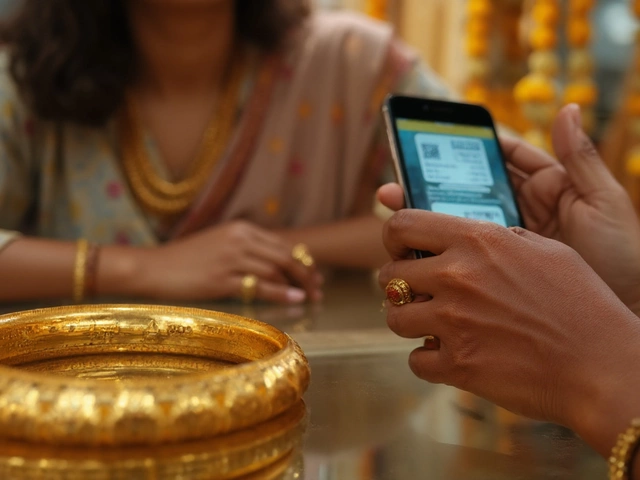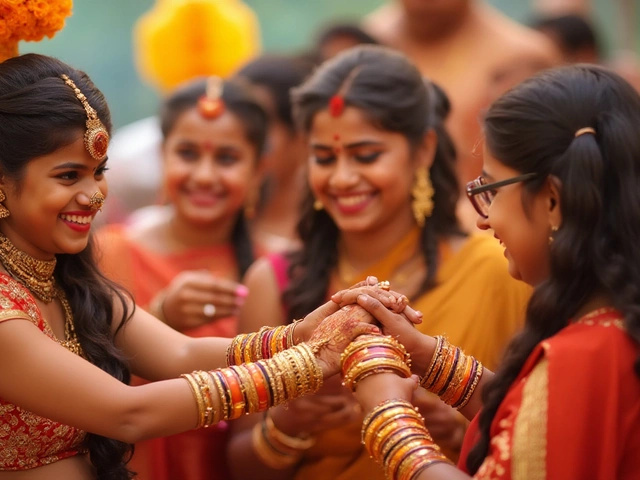Take a local train across Mumbai during rush hour, and you’ll spot dozens of married women wearing mangalsutras—sometimes heavy and ornate, sometimes tiny and barely-there. Yet, ask these women about their feelings and you’ll hear everything from reverence to indifference or even irritation. That little black-and-gold necklace sits at the crossroads of religion, family, fashion and society’s expectations. Some still believe that removing it is a sin, inviting bad luck or worse. But where exactly did that belief come from? And does it make sense for women living in 2025?
The Deep Story Behind Mangalsutra
The idea of the mangalsutra as a symbol of matrimony goes back centuries. This is not just some item plucked out of thin air—it’s tied in with ancient Sanskrit texts like the Dharmashastra. Traditionally, during a Hindu wedding, the groom ties the mangalsutra around the bride’s neck to symbolize their bond. Those black beads? They are believed to ward off evil spirits and keep negativity far, far away. The gold part is a sign of prosperity—think of it as insurance for long-term happiness.
What most people don’t realize is that the mangalsutra itself has changed shapes and meanings across India. In Maharashtra it’s the double vati (beads and discs), in Tamil Nadu it’s a thali, in Andhra it’s a simple thread with small gold discs. Even communities like Christians in Kerala have similar “minnu” pendants. So, it’s not just about the necklace—it’s about what communities make of it.
Beliefs about removing the mangalsutra vary a lot. In old-school families, it’s seen as disrespectful, even dangerous—there are wives who will never remove it, not even while sleeping. (My mother-in-law still gasps if my wife forgets hers before a shower.) But if you trace back the old epic stories, you won’t find any mention of a strict commandment. It’s more about custom than divine rules. According to Dr. Vrinda Kamat, a sociologist who’s written about marriage symbols in Western India, ‘Most of these don’t have a scriptural base. It’s a cultural memory that’s repeated until it feels like law.’
There’s good reason for the strong emotions. In families where the mangalsutra is nearly sacred, there may be stories of women who lost their husbands after they forgot or lost the necklace. The mind clings to these connections, even if there’s no proof.
Is Removing Mangalsutra a Sin? Peeling Away the Myth
The word ‘sin’ is heavy. Usually, it’s tied to ethics, morality, or religion—breaking a rule laid down by gods or scriptures. But is there any real religious backing here? There’s nothing about women being doomed if they take off their mangalsutra in the key Hindu texts. Yes, it’s a big deal in practice, but that’s because local custom becomes as good as law for many. The idea is drilled in from a young age—my neighbor’s daughter once burst into tears when she realized her mangalsutra had snapped in the playground, convinced her mother was going to fall ill.
Pandits and priests across temples will tell you: wearing the mangalsutra is encouraged, but not strictly mandatory. If it’s about showing respect to your marriage, that feeling can’t vanish with a few missing beads. In fact, some women have to remove it for medical scans (MRI, X-ray) or surgeries. Have you ever heard a hospital priest warning that disaster strikes every patient who does?
So why do these strict ideas persist? They help people feel in control. When life’s unpredictable or scary—sickness, accidents, sudden deaths—having some small ritual gives comfort and a sense of order. But, if you dig deeper, there’s no punishment or curse listed for removing mangalsutra. My grandmother used to say, ‘It’s about the intention, not the object.’ Even among priests, you’ll find a spectrum: some telling women to wear it always, others saying the true symbol of a happy marriage is how you treat each other, not your jewelry.
| Belief | Scriptural Backing? |
|---|---|
| Wearing mangalsutra keeps husband safe | No direct scriptural proof |
| Removing mangalsutra is a sin | No specific mention in Vedas or Shastras |
| Black beads repel evil eye | Ancient folk belief, not religious command |
Across modern India, some women wear it to please family, others out of habit or respect, and plenty simply because it matches their kurti or sari. A 2022 Times of India survey found that around 45% of urban women only wear their mangalsutra for festivals, travel, or family functions. Young working women, especially in tech or medicine, are less likely to wear one daily—blame it on dress codes, jewelry restrictions, or just plain comfort. No one’s reporting a rise in curses or misfortune among them. The takeaway? If wearing it gives you a sense of comfort or identity, keep it on. If it feels like a chore, don’t lose sleep over taking it off.
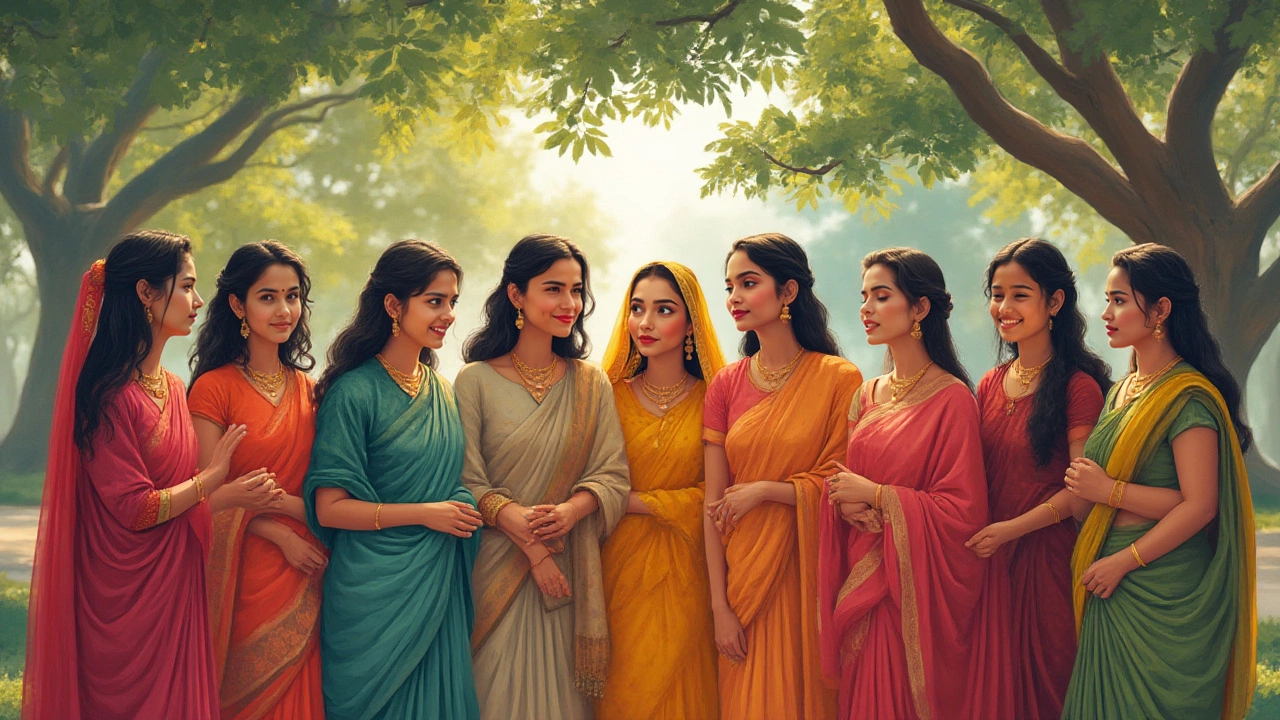
The Modern Mangalsutra: Fashion, Identity, and Rebellion
Rapid change is part of daily life in Mumbai—one day, your favorite vada pav stall is gone, the next day a new metro line is up. Traditions around the mangalsutra are facing their own makeover. Designs are lighter, sleeker, intentionally minimal. Jewellers like Sabyasachi and Tanishq now sell mangalsutras with diamond studs or geometric shapes—made to look good with Western wear. There are even mangalsutra bracelets and rings. It’s not hard to find women mixing it up: pairing their mangalsutra with a shirt and jeans or tucking it inside a hoodie.
But fashion isn’t the only reason for change. Women want agency. My cousin Palak, who works at a finance start-up, stopped wearing her mangalsutra two years ago. She came home one day and said, ‘If a ring on Devang’s finger doesn’t matter, why should this necklace mean so much to me?’ Her mother was scandalized at first, but now, it’s become a non-issue. For Palak, and many like her, the mangalsutra is a choice, not a commandment.
Across urban spaces, the act of removing a mangalsutra has turned into a soft rebellion against controlling traditions. In WhatsApp groups, women trade stories: a marketing manager who wore it only on her wedding day, a doctor who switched to a watch-shaped mangalsutra to beat hospital jewelry bans. Even television stars talk openly about how they juggle their public image with private choices. It’s not disrespect—as plenty still value the symbol—it’s just about matching age-old beliefs with daily reality. My wife likes her mangalsutra but doesn’t panic if she skips it. Her logic? ‘My marriage isn’t tied to a necklace. It’s deeper than gold beads.’
This doesn’t mean the traditions are dying. In fact, the act of making a choice is more powerful than blindly following or rebelling. Some couples even exchange mangalsutras together—equal symbols. Others blend family traditions, choosing a new design. If my son Devansh gets married in the future, will his spouse keep to these customs? Maybe not. But she’ll surely make her own rules—just like millions of Indian women are doing right now.
Tips for Navigating Mangalsutra Traditions in Today’s World
So, is it wrong—let alone a sin—to remove the mangalsutra? Here, practicality wins. If you’re allergic to gold or those beads, swap it for another symbol—a ring, a bracelet, a simple chain. The goal is comfort and happiness. For anyone caught in a generational tug-of-war, here are a few ways to handle the tug:
- Have an honest chat with family. It helps to explain why you want to take it off—comfort, work, style, or just a different sense of identity. Clarity beats heated whispers.
- If it’s for medical reasons, don’t hesitate. Everyone understands the need for practical safety.
- Make it special for yourself: weave in small rituals that matter. If you only wear your mangalsutra for Diwali or anniversaries, that can be just as meaningful.
- Try alternate designs if weight or style is an issue. There’s no rulebook stamped by the gods.
- Remember, showing love and respect to your spouse and your traditions is about actions, not accessories.
Here’s the real deal: customs survive because people find value in them, but they shouldn’t become chains. The meaning of the mangalsutra lies in the story you and your family write together. Whether you wear it daily, for a party, or tuck it away forever, it’s about the bond, not the beads. The supposed sin in removing a mangalsutra is just old myth—what matters most is your intent, your relationship, and above all, your freedom to choose. That’s a tradition worth keeping alive.
